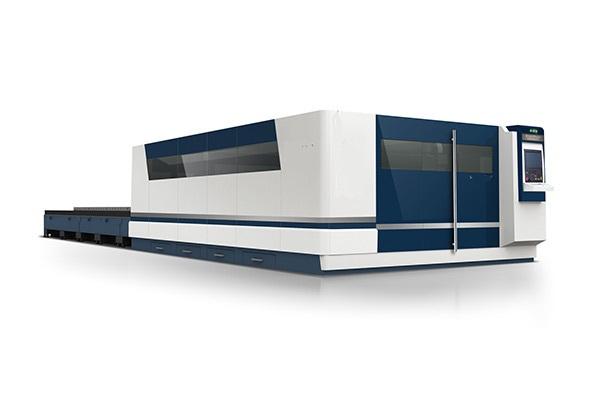What is the difference between UV laser cutting machine and metal fiber laser cutting machine?
Handling material characteristics:
Laser cutting machines are different for different absorption bands of laser light; according to the requirements of processing quality, the higher the requirements for laser beam quality and thermal effect, the selection of laser cutting machines will be different; according to the thickness requirements of processing materials, the laser cutting machine The threshold range is different, and the choice of laser cutting machine is also different. According to the above characteristics, Yuanlu Optoelectronics will guide you to understand the difference between UV laser cutting machine and fiber laser cutting machine from the aspects of processing materials, processing requirements and processing methods.
Laser Cutting Applications
Approach:
Using infrared fiber laser with 1064nm wavelength, the metal fiber laser is processed in a straight line and oscillation.
The ultraviolet laser cutting machine adopts ultraviolet laser with a wavelength of 355nm, and can also be scanned by a direct focus head and a vibrating mirror.
Processing materials:
Lasers are widely used in metals, non-metal materials, ultraviolet lasers, etc., especially ultraviolet lasers, whose application range covers almost all fields of metals and non-metals. So, what is the difference between fiber laser cutting machine and UV laser cutting machine on different materials?
The laser cutting machine has high power and great heat influence. It is often used for cutting thick metal materials such as stainless steel cutting and carbon steel cutting. The collimated focal head is used for cutting, which improves the processing efficiency.
At this stage, UV laser cutting machines cannot achieve higher power, and can only be applied to thin non-metallic materials and ultra-thin metal materials such as PCB, FPC, thin film materials, etc.
The above differences are metal fiber laser cutting machine tools for ultraviolet laser cutting machines, which are mainly reflected in material characteristics, processing methods and processing materials.





